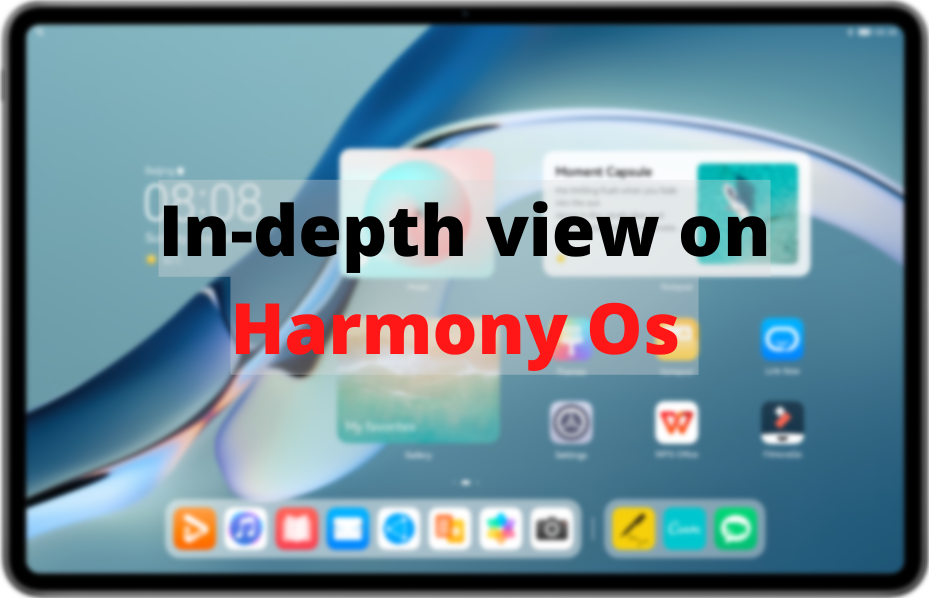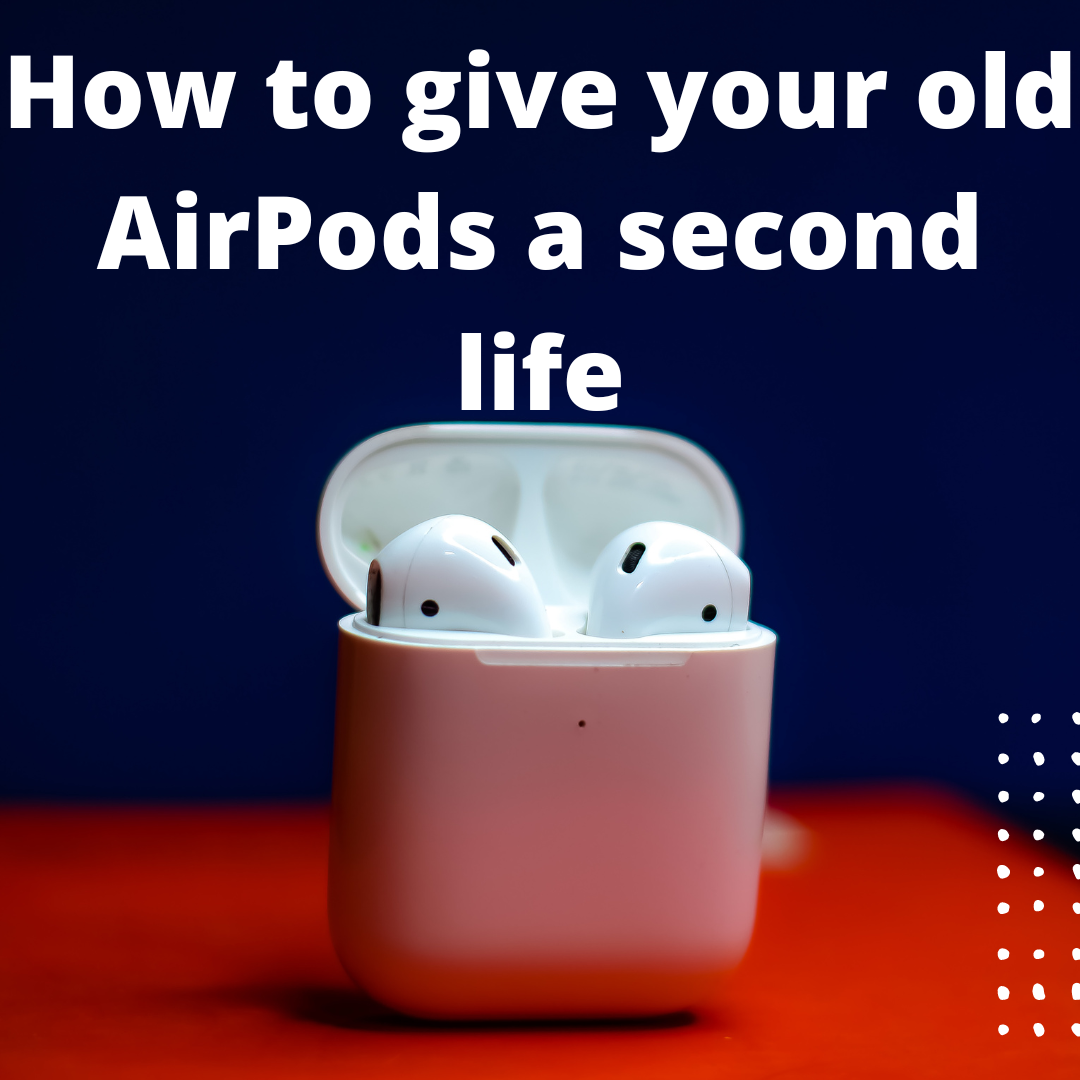An In-Depth Look at Huawei’s Harmony OS

Huawei surprised the tech world in 2018 when it unveiled Harmony OS, its new in-house operating system that can run on a wide range of devices, from mobile phones to laptops to smart speakers and beyond. At the time, details were scarce, as was much of the OS itself – but now Huawei has released some more information about its OS, allowing us to see what kind of capabilities it offers and what its intentions are. Here’s an in-depth look at Harmony OS!
What is Harmony OS?
Huawei first announced its Harmony operating system (OS) back in June 2018. At that time, Huawei said it planned to roll out a full version of an English version of its OS with future iterations of its new Mate 20 phone. But what is it? And how will it stack up against other Android and iOS operating systems? Here’s everything you need to know about Harmony OS—including a little bit on what Huawei means when it says AI-powered mobile experience.
How does it compare to Android or iOS?
Compared to Android or iOS, Huawei’s new operating system seems promising. Their VR experience is attractive and easy to use, and their update process seems secure (according to [Schmidt], With updating, you typically have multiple overlapping chains of trust. At any point in time, it could be that a chain breaks down. And if so, your system reverts back to some other chain). I personally find its lack of being based on android appealing; I would rather not use an operating system with such accessibility for hackers than increase my chances of my information being stolen. Additionally, due to its unique design and focus on artificial intelligence, I am confident that it will appeal to those who are interested in using AI as part of their everyday lives. Although there are many advantages for using harmony OS over other systems. Hopefully as more devices begin to run harmony OS, more people will be able to try out Huawei’s new technology!
Why did Huawei create their own operating system?
One reason is to reduce its reliance on Google. The Chinese government has restricted access to certain search terms, social media websites, and even Google in some regions. If a user tries to access such sites via a mobile device, they could be blocked by their network carrier – or even worse – blacklisted. To avoid being banned, companies and individuals use virtual private networks (VPNs) that connect their mobile devices to different servers outside of China’s firewall. A VPN can also prevent phones from sending out data for 3rd party applications and services based in China.
Do other Chinese brands use it as well?
You may have noticed that not a single Chinese smartphone brand outside of Huawei (and now, its sub-brand Honor) uses Android. The reason for that is largely due to Google’s policies about China, which basically amount to no services in mainland China and no collaboration with businesses linked to state surveillance or cyberattacks. Thankfully, more and more companies are beginning to build their own operating systems to avoid depending on Google—Huawei has come up with Harmony OS as an alternative. While it will be interesting to see if other brands go down a similar route.
Why does it matter for an international user like me?
Perhaps you’ve heard of Huawei and Honor, but never given them a second thought. Maybe you’re interested in an Android phone but not ready to make a purchase. No matter where you are in your relationship with Huawei and Honor, it is important to know about their new operating system. With every major phone release comes a new OS, which means that each one is ripe for analysis and critique. AS huawei being the best perofrming device in many categories for year, It is always good to be updated by thier new releases as it may be the new innovation that make a change in the world.
What are some of its main features?
Although only in its early stages, Huawei’s new HarmonyOS is already rolling out across their product line and set to grow even more. The idea behind it is to create a cross-platform operating system, designed with security as a core component. According to Huawei, The software development kit (SDK) of HarmonyOS enables developers to write applications once and then compile them into binary code that can run on any of our devices. They also want developers to be able to use one framework for all platforms, regardless of architecture (x86 or ARM). Also, they want users to be able stand up cloud services faster than ever before – making it easier for them develop their own applications while maintaining a good degree of privacy.

I’m Ansak Mahir from Sri Lanka. Technology enthusiast from a young age. Currently an undergraduate of BSC in Software Engineering (Kingston UK) and BSC (hons) in Information Technology & Management (University of Moratuwa). I love blogging and spreading the knowledge in a unique perspective. I’m also a reputed freelancer for web design and development




